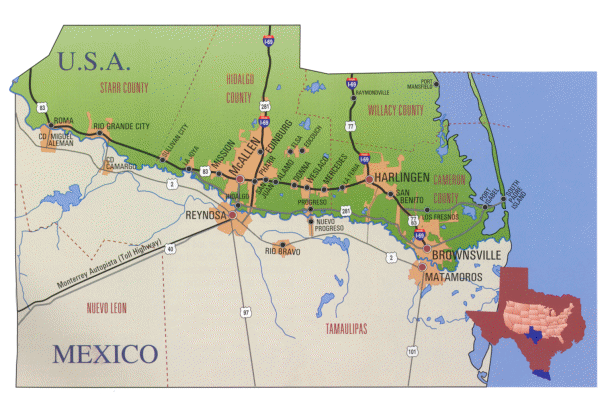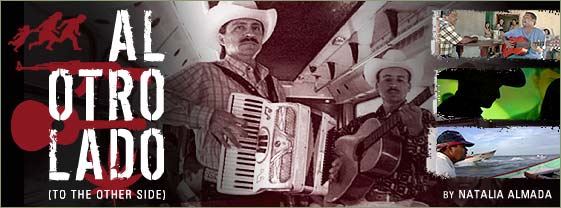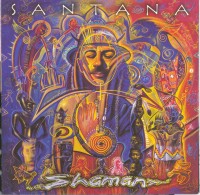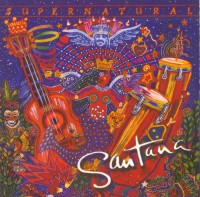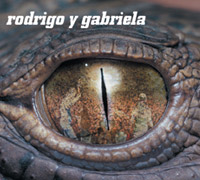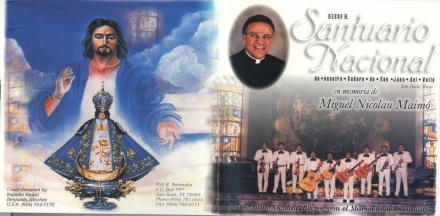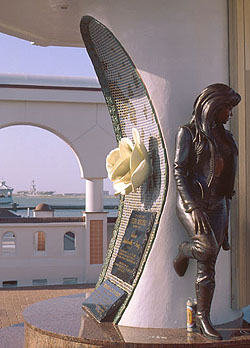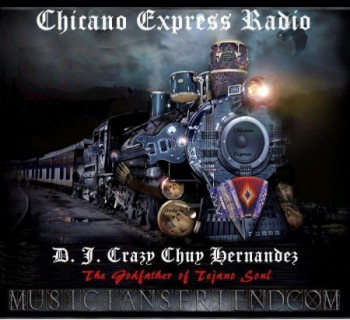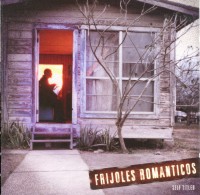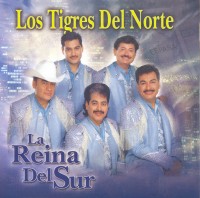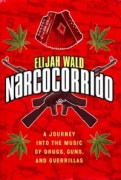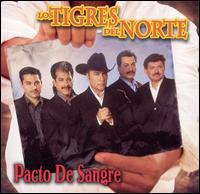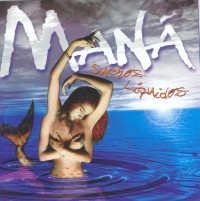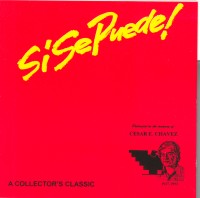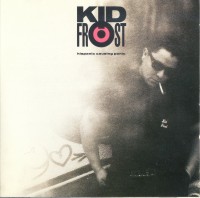In the mid-1990s, I lived for three years in Pharr, Texas, which was indeed far from most of what had been familiar to me. It is in the center of the Lower Rio Grande Valley (or just "the Valley"), which is not really a valley at all, but rather the broad, flat delta of the Rio Grande / Rio Brava. Culturally, it is neither really Mexico, nor is it really the United States. It is a third kind of place, with its own linguistic, culinary, and musical traditions. It is the heartland of Tejano music. I did not really appreciate the music until after I left the Valley in 1997, but I have been compensating during return visits and other contacts with my friends there.
